The National Cancer Institute and the US National Library of Medicine established CANCERLINE
On Dec. 17, 1974, CANCERLINE, a national database of published cancer research, was established by the National Cancer…
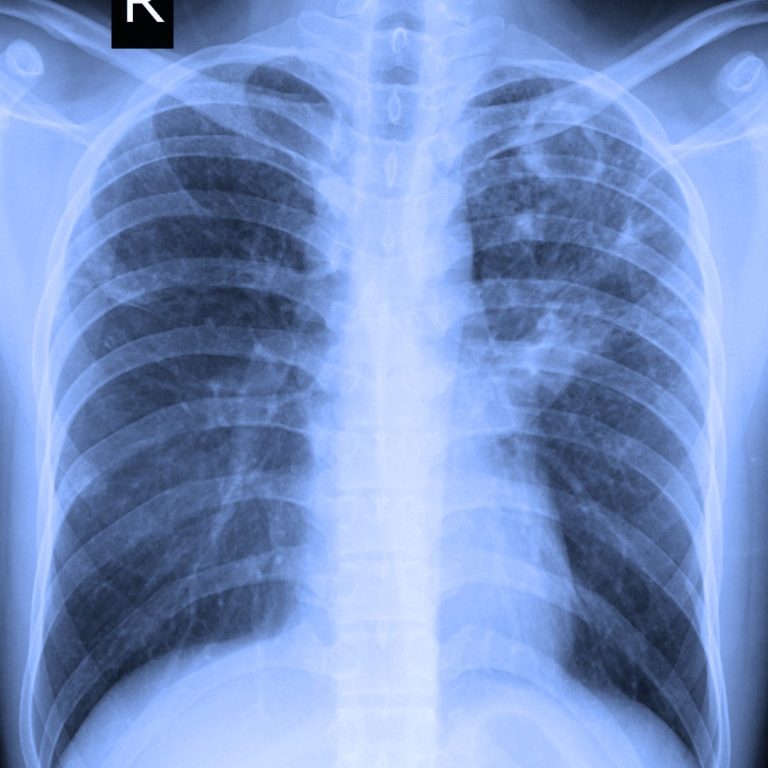
On Dec. 17, 1974, CANCERLINE, a national database of published cancer research, was established by the National Cancer…
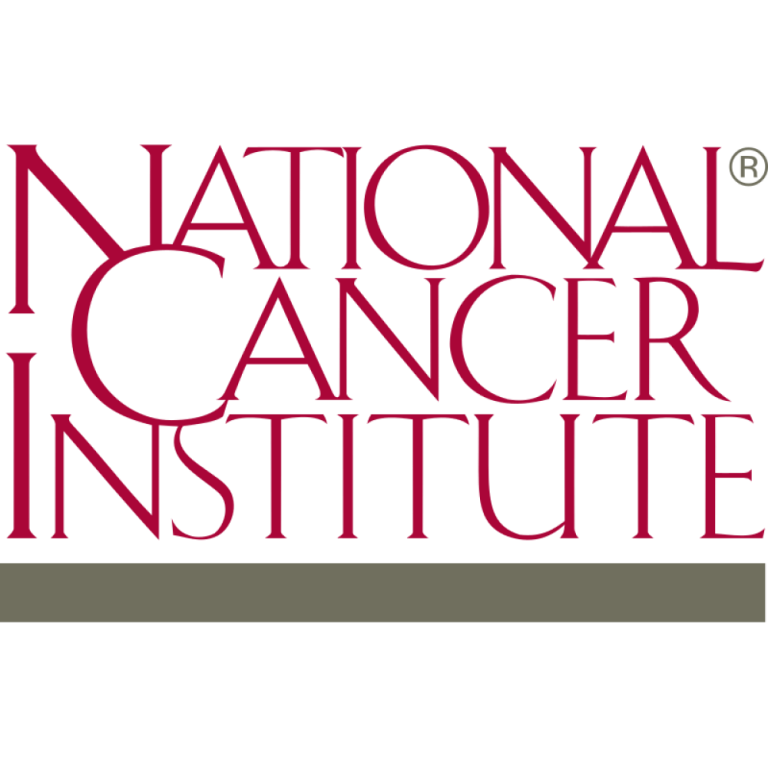
On Sept. 10, 1974, the Division of Cancer Control and Rehabilitation (DCCR) was established by the National Cancer…
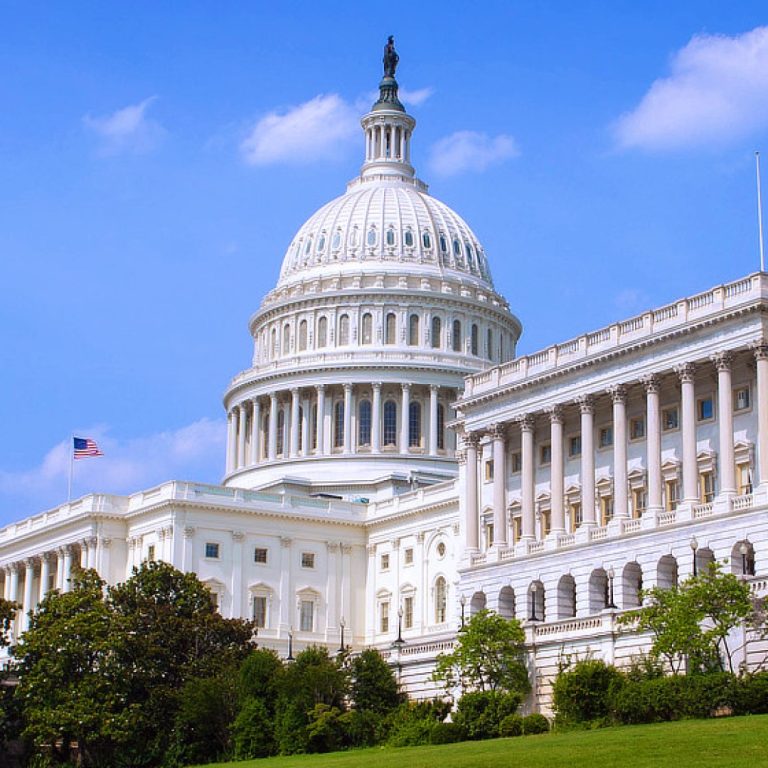
On Jul. 23, 1974, the National Cancer Act Amendments of 1974 (P.L. 93-352) were signed by the President…
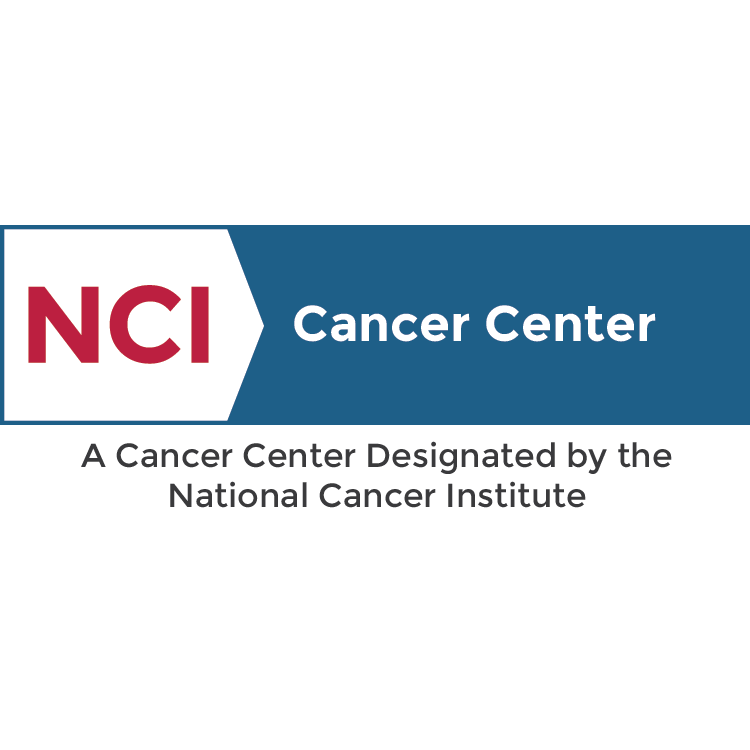
In 1974, the Cancer Center of Wake Forest University (CCCWFU), became a National Cancer Institute (NCI)-designated cancer center….
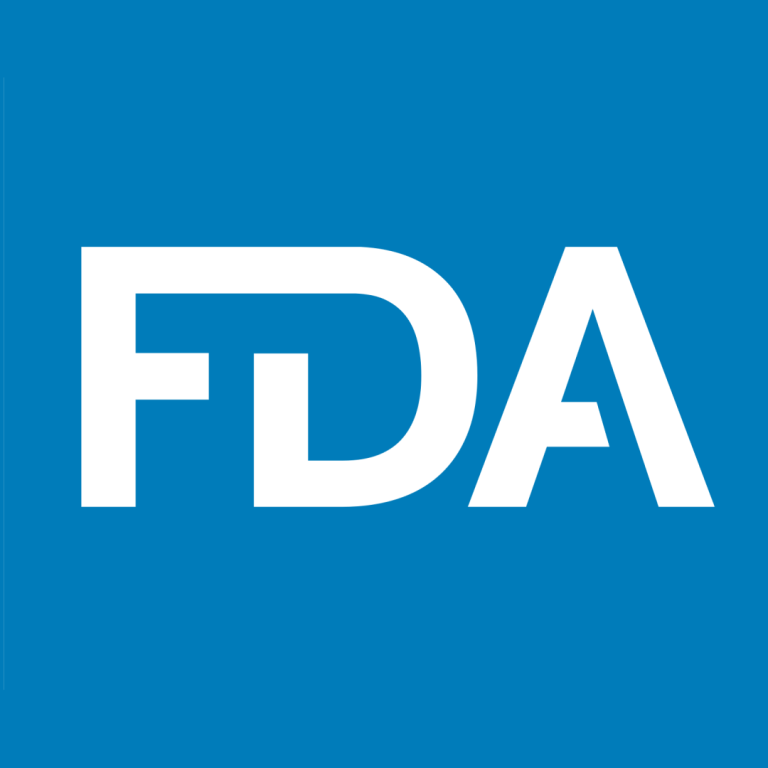
In 1974, the U.S. Food and Drug Administration (FDA) approved doxorubicin (Adriamycin), an antitumor anthracycline antibiotic from Streptomyces…
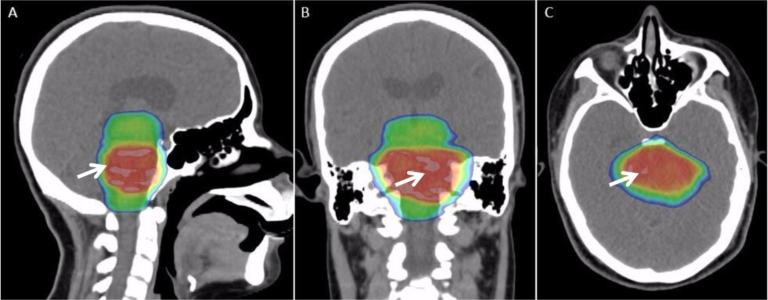
In 1974, the Cancer Therapy & Research Center (CTRC) at the University of Texas (UT) Health Science Center…
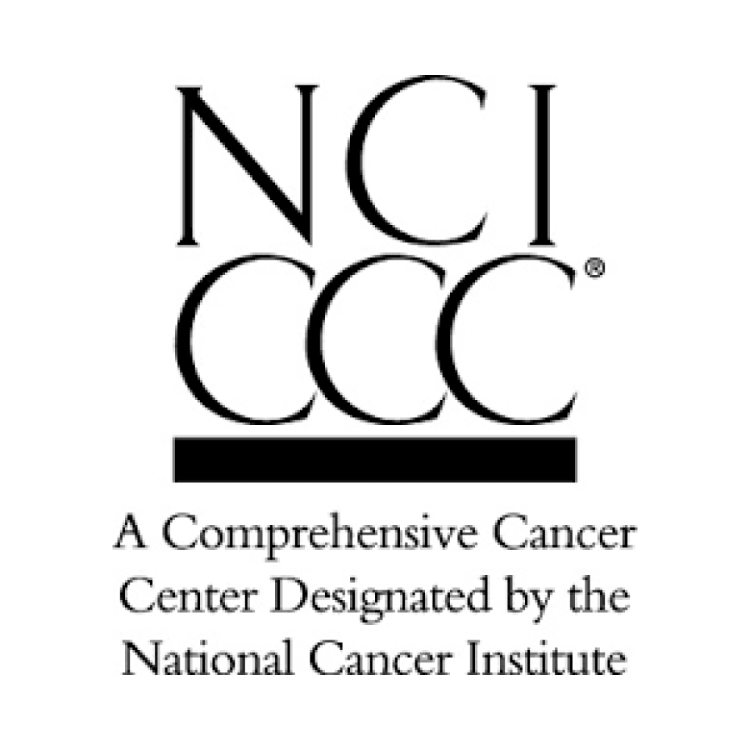
In 1974, Yale Cancer Center received a National Cancer Institute (NCI) designated comprehensive cancer center status, the only…
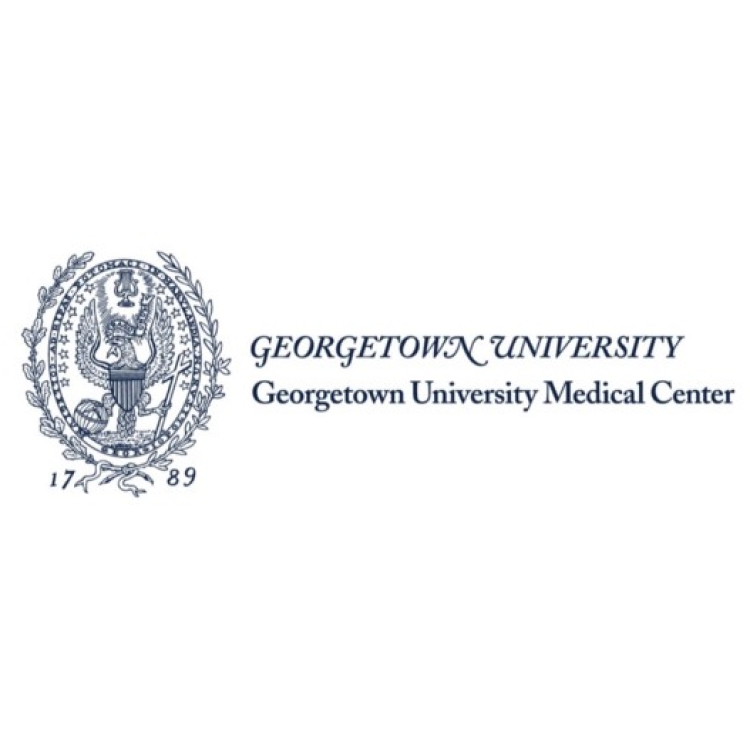
In 1974, the Georgetown University Medical Center authorized the establishment of a cancer center named in honor of…
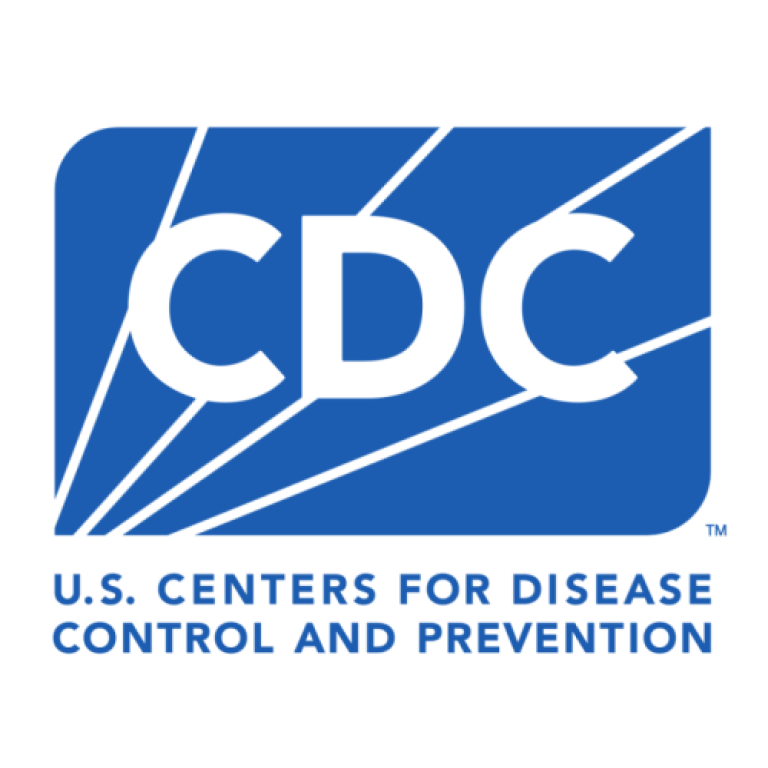
In 1974, the U.S. Centers for Disease Control and Prevention (CDC) began investigating liver cancer deaths in Louisville,…
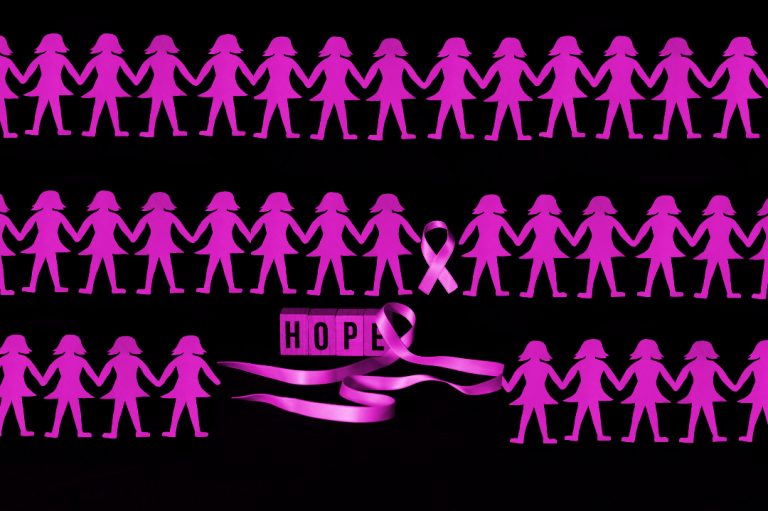
In 1974, the National Cancer Institute (NCI) chose the Pacific Health Research Institute (PHRI) to undertake the ‘Breast…
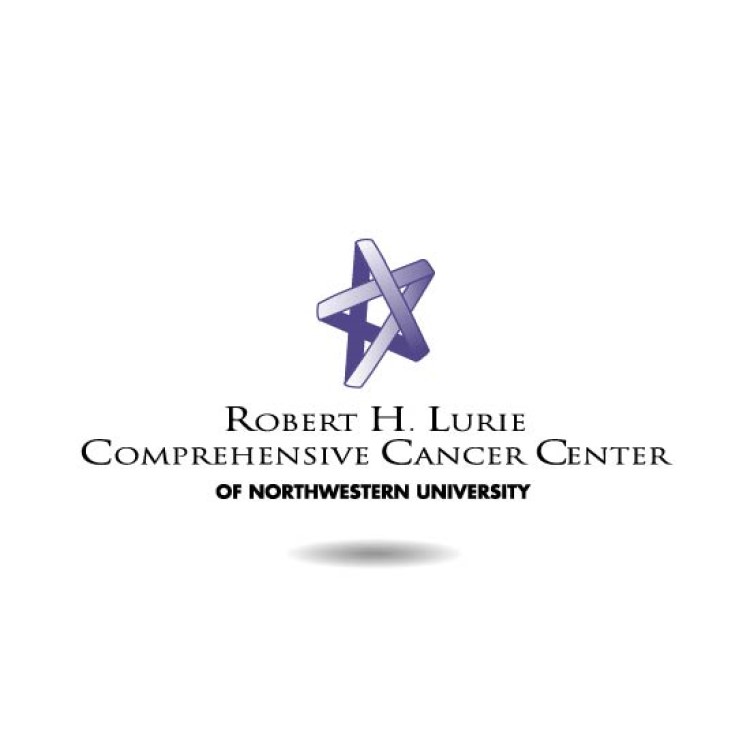
In 1974, the Northwestern University Cancer Center was founded. Now known as the Lurie Cancer Center, it is…
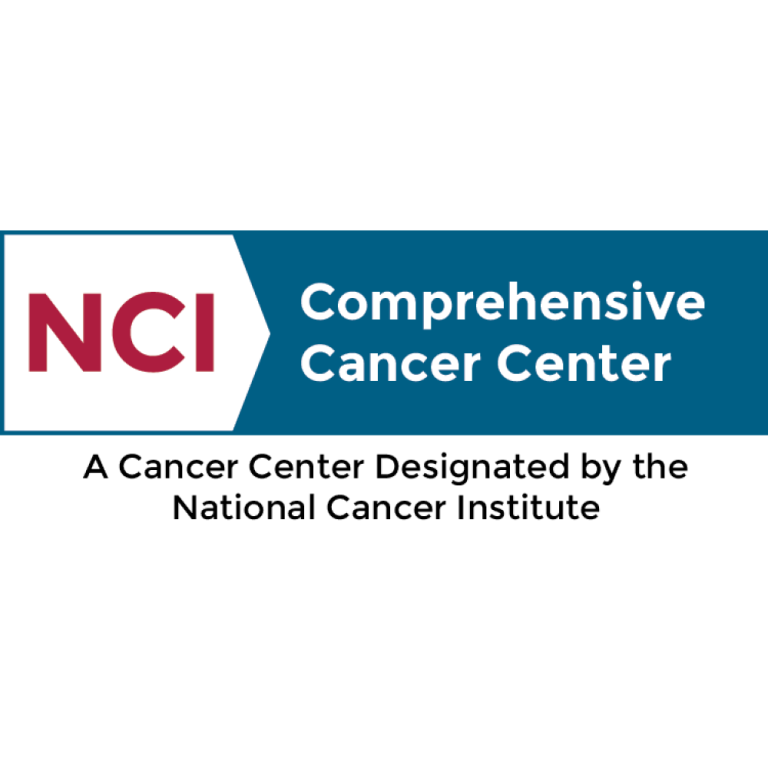
In 1974, The Massachusetts Institute of Technology (MIT) Center for Cancer Research (CCR) received National Cancer Institute (NCI)…
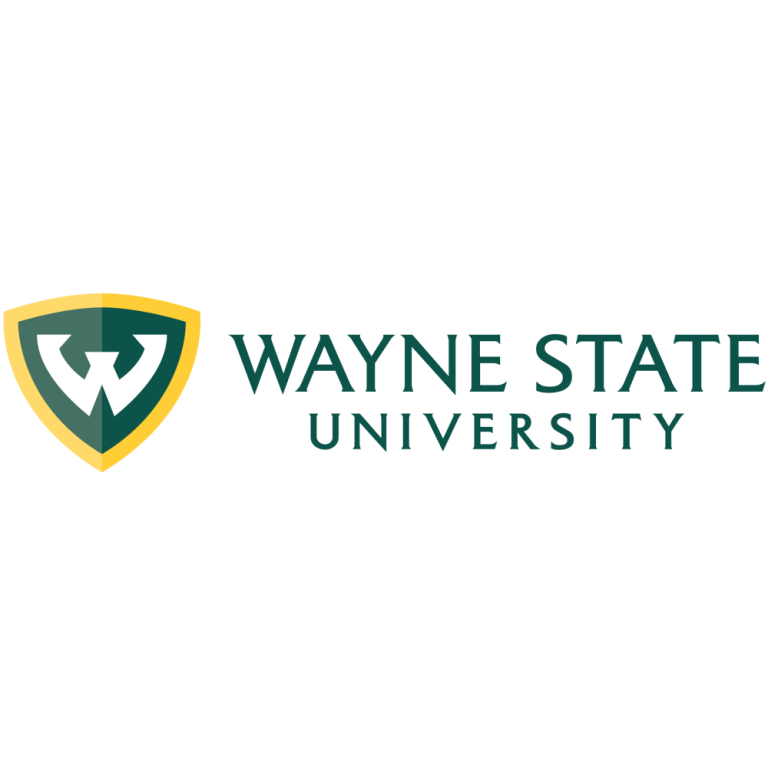
In 1974, the Michigan Cancer Foundation and Wayne State University formed a Joint Committee for Cancer Studies and…
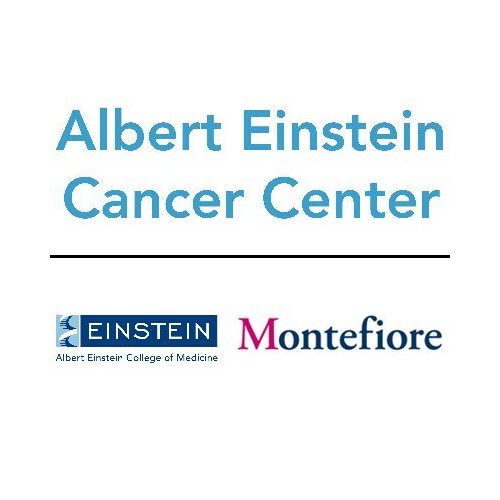
In 1974, Albert Einstein Cancer Center’s Liver Research Center — now the interdisciplinary Marion Bessin Liver Research Center…
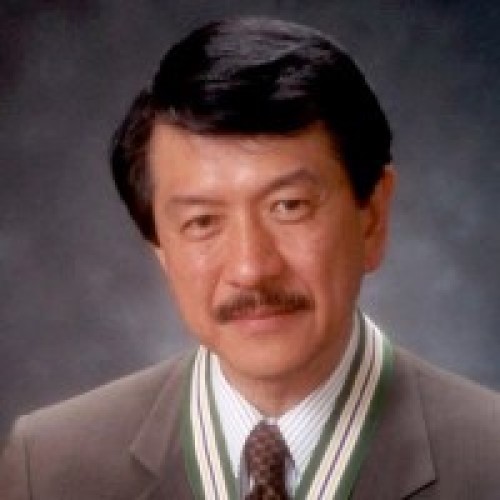
In 1974, Dr. Victor Ling at the University Health Network in Toronto identified cell surface glycoprotein as a…
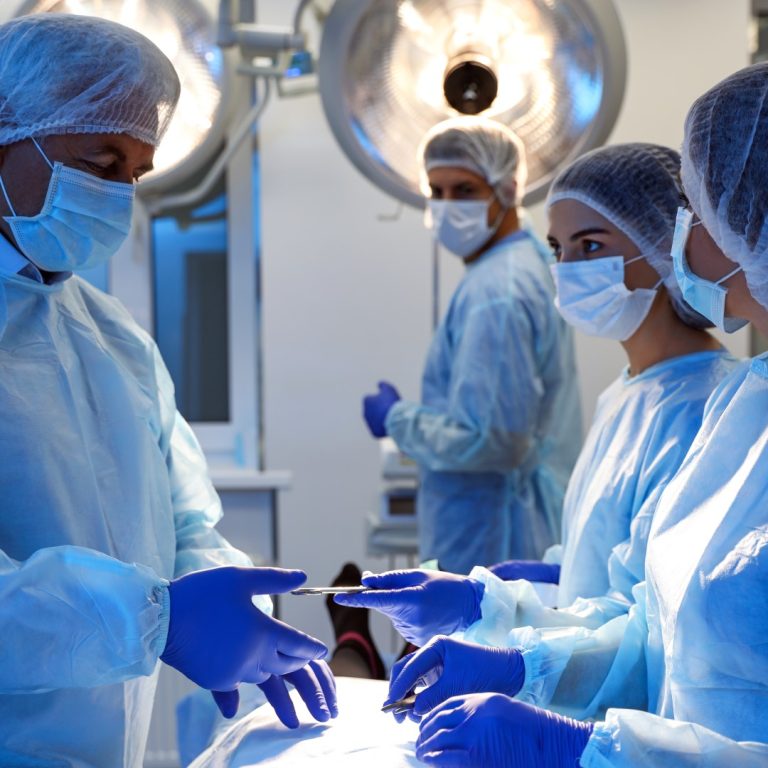
In 1973, the Society for Surgical Oncology and Oncology Nursing Society were founded after the first National Cancer…

In 1973, the Norris Cancer Center was designated a National Cancer Institute (NCI) Comprehensive Cancer Center, one of…

In 1973, The Salk Cancer Center received a National Cancer Institute comprehensive cancer center designation. it was one…
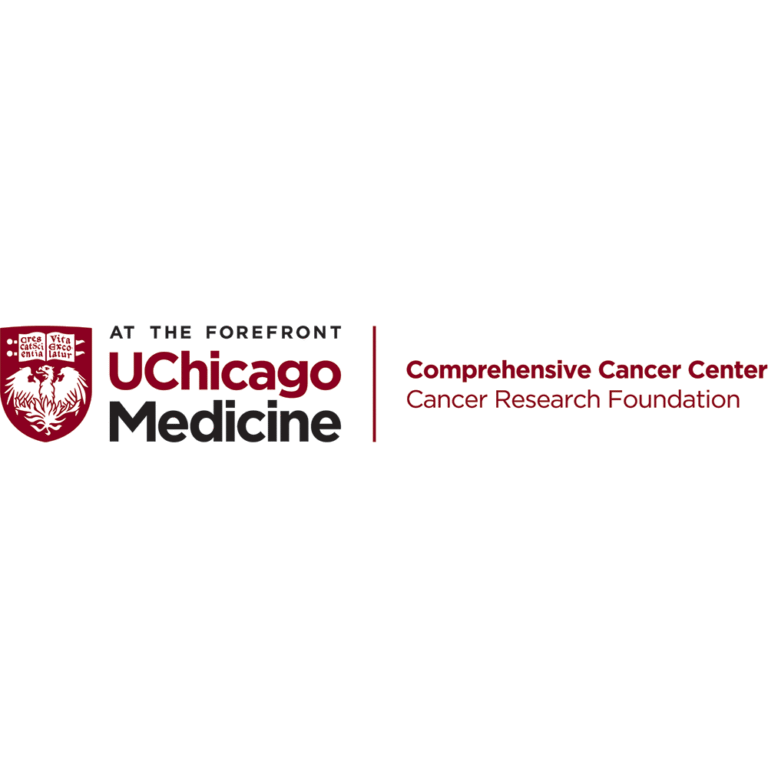
In 1973, UChicago established the University of Chicago Comprehensive Cancer Center (UCCCC), receiving its initial designation as a…
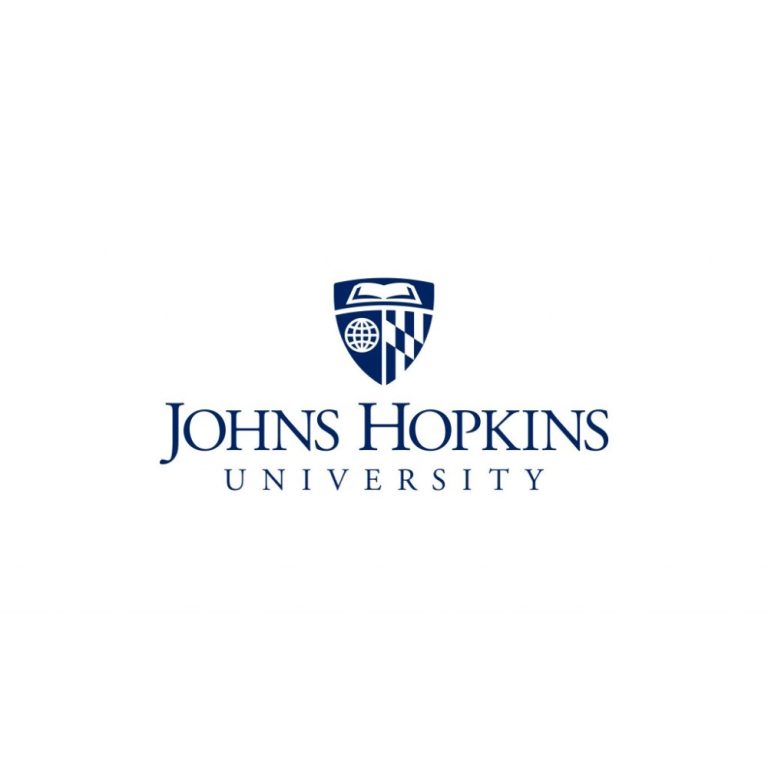
In 1973, The Johns Hopkins Cancer Center, now known as the Sidney Kimmel Cancer Center (SKCCC) was founded….
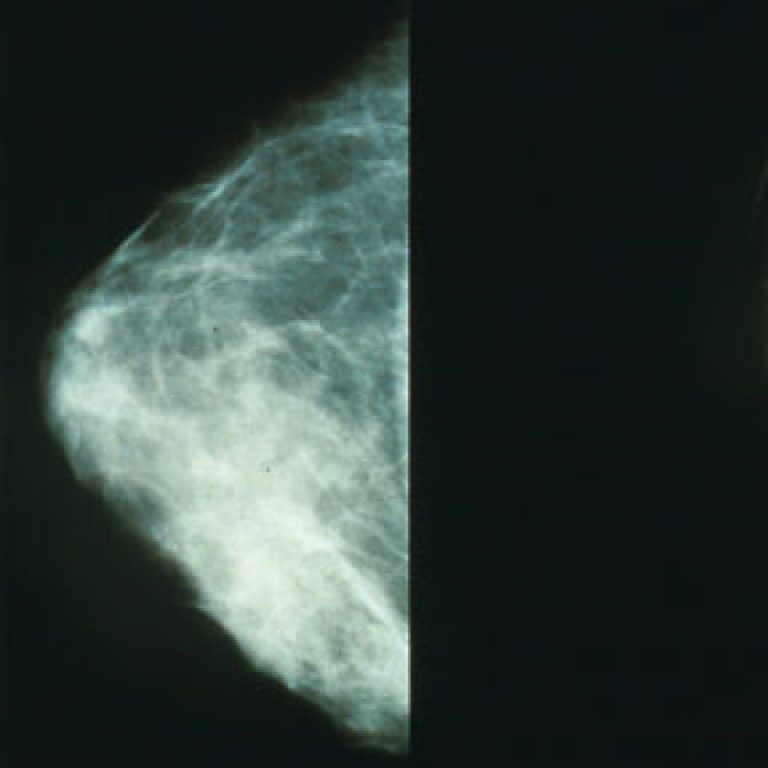
In 1973, Karmanos Cancer Institute researcher Herbert Soule, Ph.D. developed the MCF-7 human breast cancer cell line, which…

In 1973, the Michigan Cancer Foundation’s cancer registry was invited to join the National Cancer Institute’s (NCI) Surveillance,…
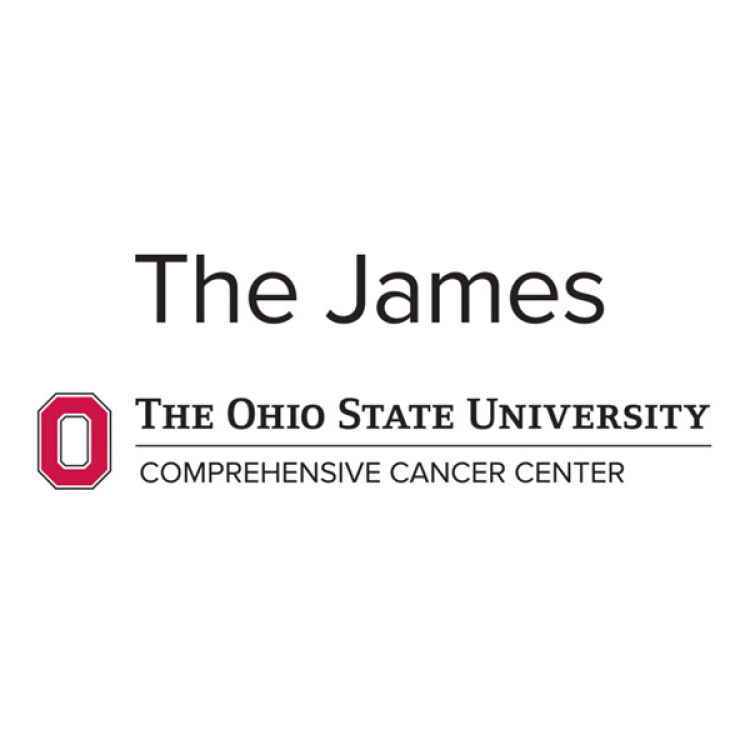
In 1973, the Ohio State University Cancer Center (OSUCCC) was established in Columbus. The patient care arm of…
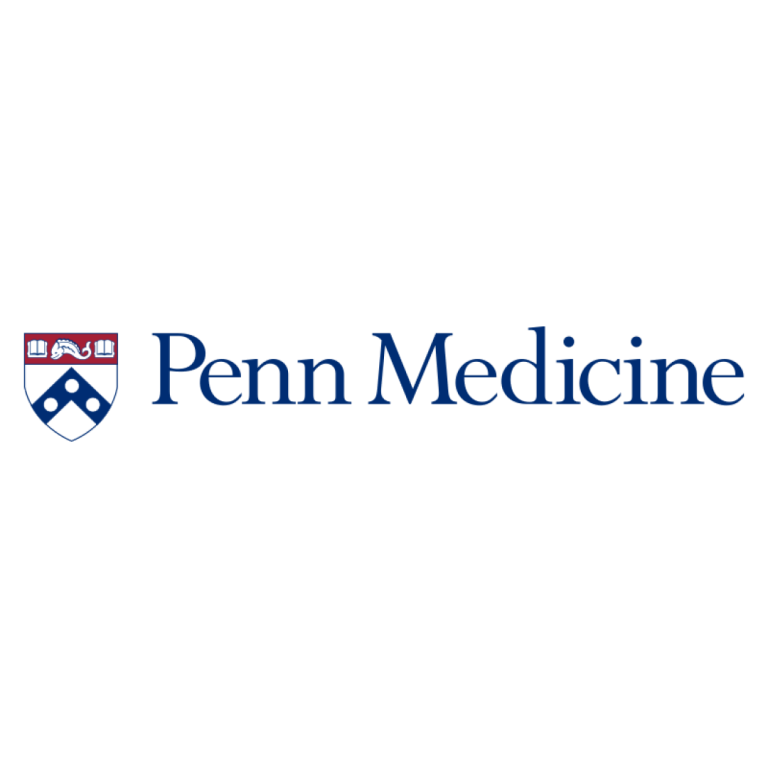
In 1973, Penn Medicine’s Cancer Center was formally established by a dedicated group of cancer specialists committed to…
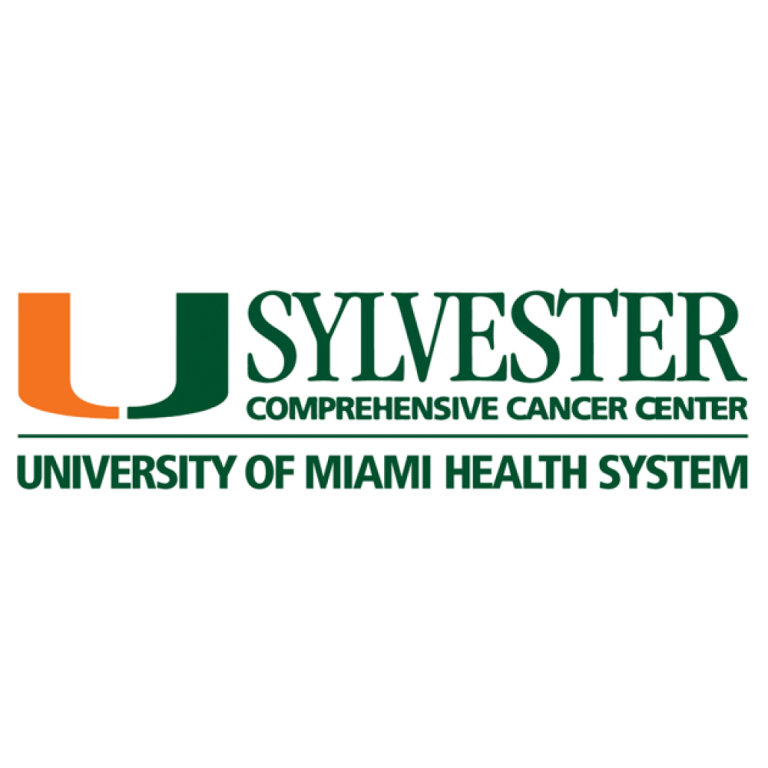
In 1973, the Comprehensive Cancer Center for the State of Florida was founded. The Center, now the Sylvester…

In 1973, the University of Wisconsin Carbone Cancer Center received National Cancer Center designation from the National Cancer…
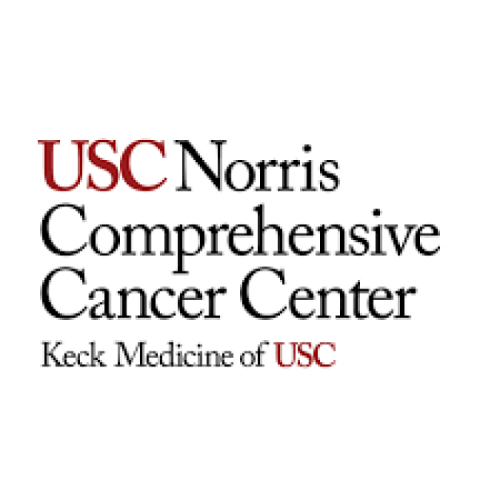
In 1973, the Norris Comprehensive Cancer Center, now the University of Southern California Kenneth Norris Jr. Cancer Center…
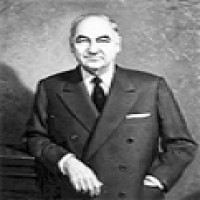
In 1972, by action of the Nebraska Legislature, the Eppley Cancer Center became an independent research institute with…

In 1972, The Albert Einstein Cancer Center (AECC), now known as Montefiore Einstein Comprehensive Cancer Center (MECCC), obtained…

In 1972, The Wistar Institute was designated the first National Cancer Institute (NCI) Cancer Center in basic research…